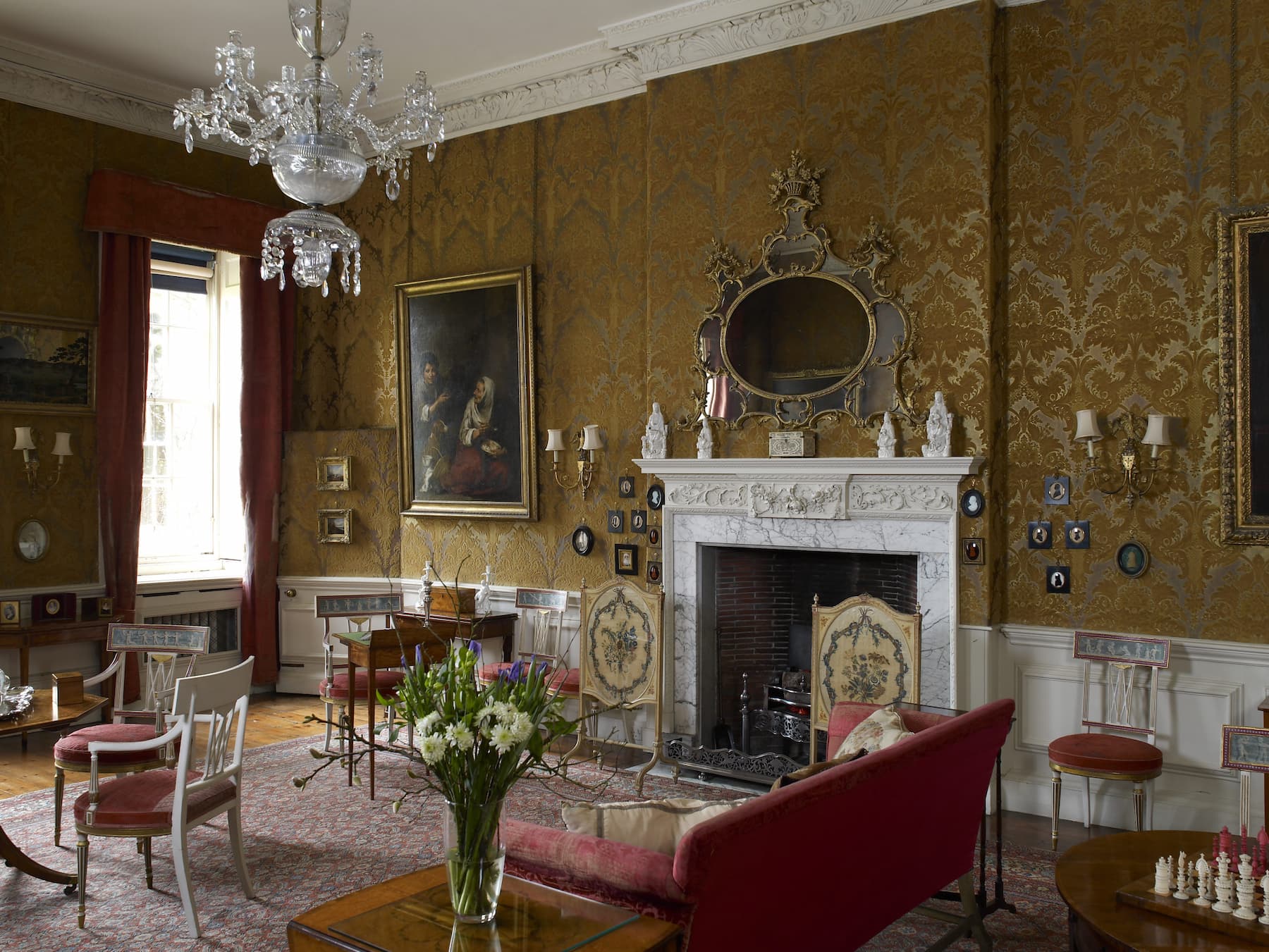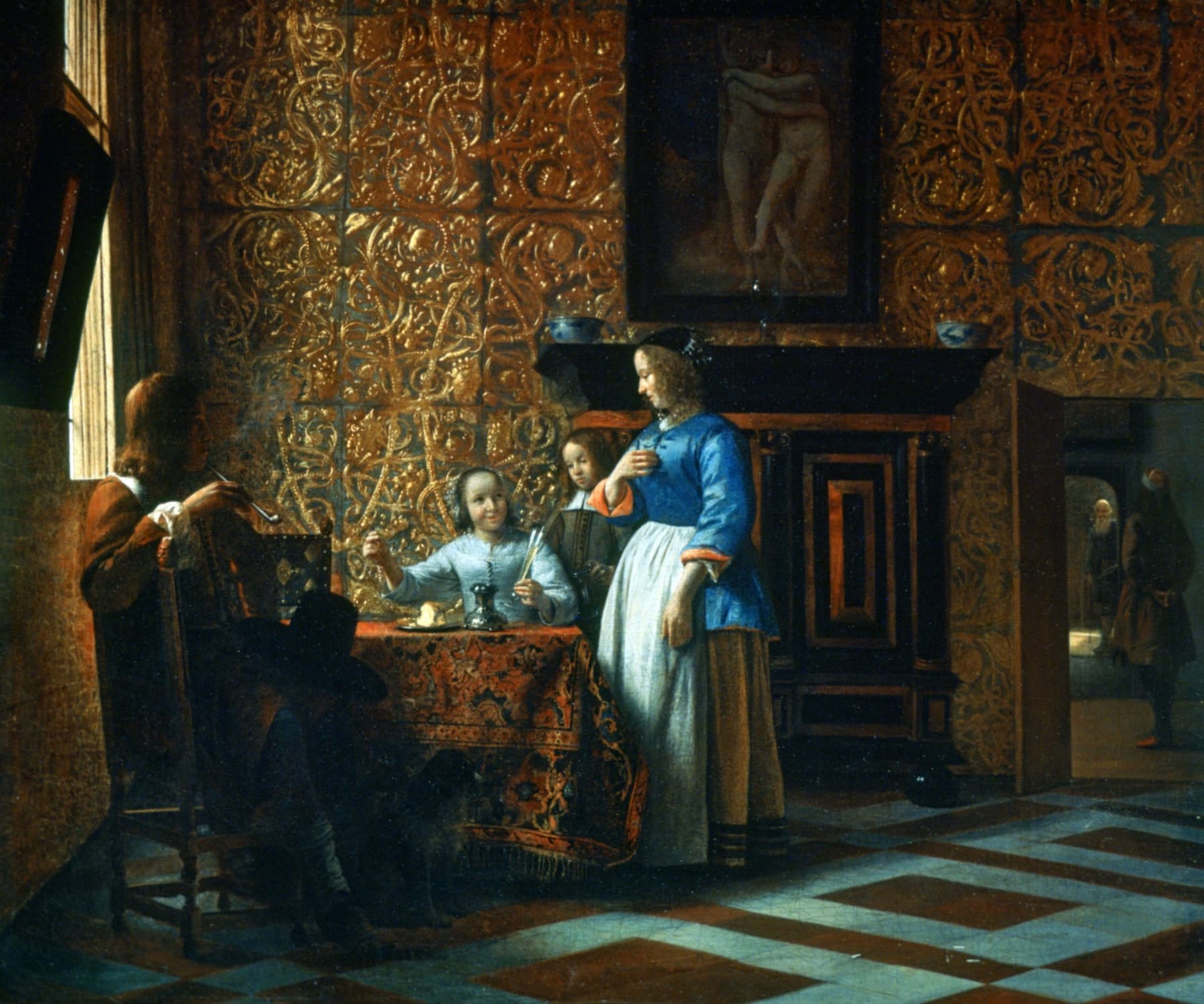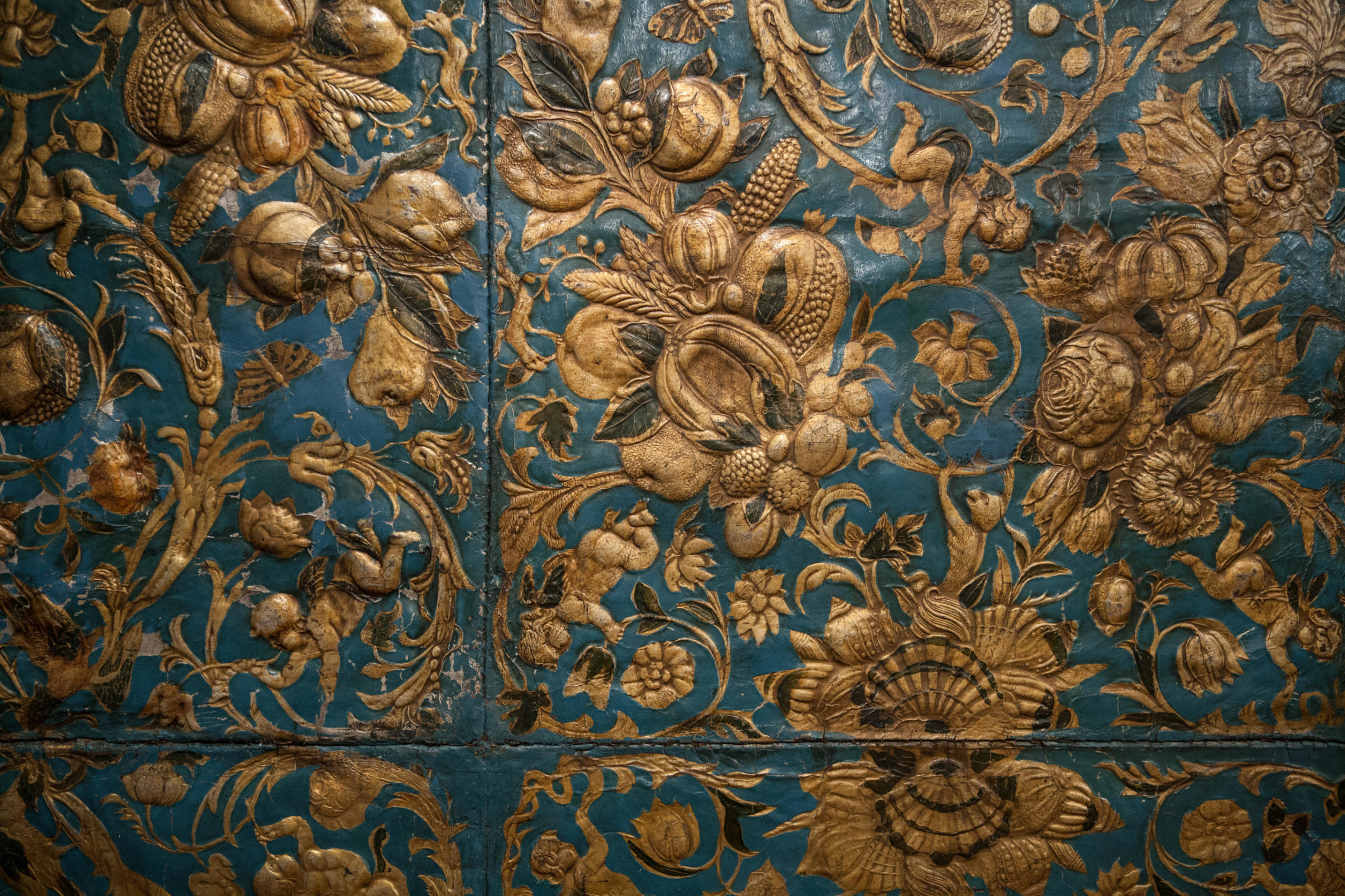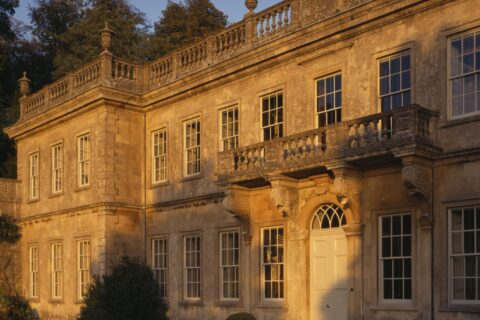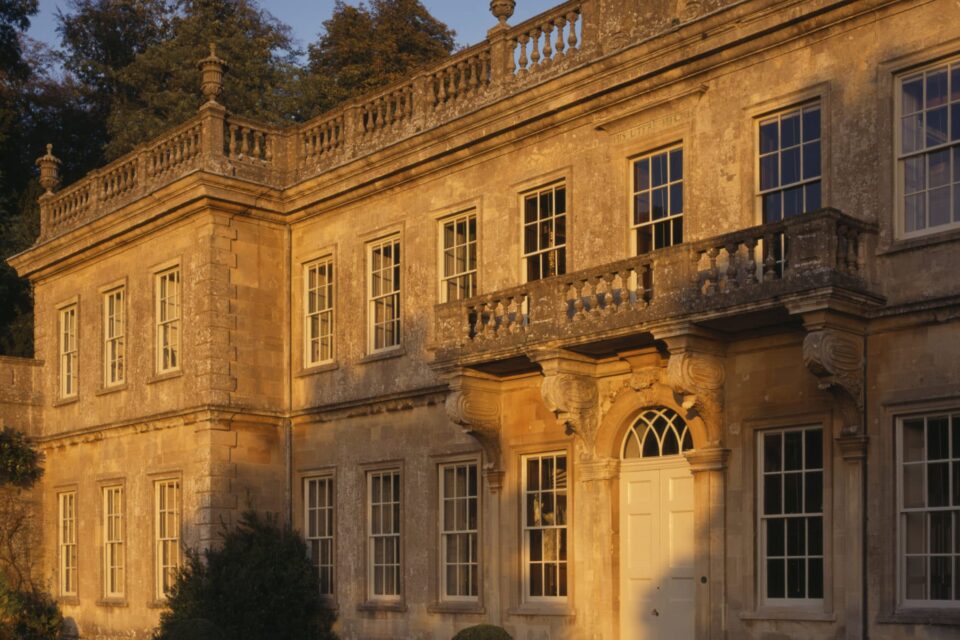Project Overview
This project provided an opportunity to restore and re-present this magnificent house as the home of 17th-century colonial administrator, William Blathwayt.
Born around 1649, the year that Charles I was beheaded, William Blathwayt was a government administrator who lived through the Commonwealth, the Restoration of Charles II in 1660, the Great Fire of London, and the Glorious Revolution that brought William and Mary into power. Though he served all monarchs from Charles II to George I, it was under William of Orange, or William III, that his career truly flourished.
Serendipitously, Blathwayt had encountered William of Orange early in his career at the English embassy in the Hague. Blathwayt spent his formative years in the Netherlands where he learned Dutch and acquired a life-long enthusiam for Dutch arts and crafts. His ability to speak Dutch and his natural efficiency made him indispensable to William III. Throughout his career, he held several powerful positions including: Auditor-General of Plantation Revenues, Member of the Board of Trade, Secretary at War, acting Secretary of State, Clerk of the Privy Council and Member of Parliament for Bath.
The significant themes of Blathwayt’s life and career can be explored, understood, and seen in Dyrham Park. A time of tumult and change, his era saw the creation of a modern British state with a constitutional monarchy, a sitting parliament and a supporting administrative bureaucracy. Concurrently, there was a reorganization and professionalization of the military. This period was marked by globalization and trade as well as an economic revolution in the banking and financial markets. Britain was extending its reach around the world and building its colonial empire. It was the beginning of both emigration out of Britain into the colonies and the rise of the transatlantic slave trade.
Since a major re-roofing project in 2016, the Trust has turned their attention to the interiors which are in desperate need of revival to reveal and reinstate the most significant and substantial part of Dyrham’s history.
Royal Oak committed to funding the restoration of the drawing room. This room was re-imagined in the 1930s (see Figure 1) and will now be re-presented as it would have been decorated in Blathwayt’s time. The room will be recast as the Gilt Leather Parlor, showcasing the books and maps which Blathwayt poured over as essential tools for his overview of international trade. This room was originally decorated with gilt leather wall hangings, like those seen in Figures 2 and 3.
The larger restoration project will include:
• The Great Hall will be re-grained and the chandeliers reinstated
• Gilt Leather Parlor will be re-grained to take it back to its pre-1930 appearance
• Family Parlor Suite will be taken back to their historic presentation
• Vestibule will have structural floor repairs done
• West Hall will be redecorated with its historic scheme
• Tapestry Bedroom will be re-grained and a new lighting scheme installed
Once complete, the reinstated historic rooms will immerse visitors in the magnificent and opulent house William Blathwayt created.
